Category Archives for "Blog"
Posts that have edge-case related tests
Posts that have edge-case related tests

As a parent, you can encourage your child to maintain a positive mindset. You are your child’s role model in life, and taking time to listen and point them in the right direction will help them to have an optimistic approach.
By highlighting their accomplishments, it will encourage them to keep up the good work. Give credit where credit is due., it will go a long way!
Instead of providing negative comments or feedback, try to turn it into something they can learn from. So, rather than criticising, why not say what they could have done better in that situation? This way, it is easier to learn from it and constantly improve.
Ask your child what went well with their day, and if there was anything that didn’t go too well. Encouraging your child to speak about what’s on their mind will help them to get anything off of their chest.
Help your child recognise what makes them unique and special. Encourage them that this is a positive trait and to embrace it. This will improve their self-esteem and self-awareness, making them able to see their strengths and skills.
If there’s any issues or problems that your child is facing, encourage them to think about how to resolve it. This will avoid stressing about the problem and working out a solution. Being rational is a way of overcoming negatives and working out how to fix them.
A positive mindset will compliment your child’s learning, providing an optimistic approach and a can-do attitude.
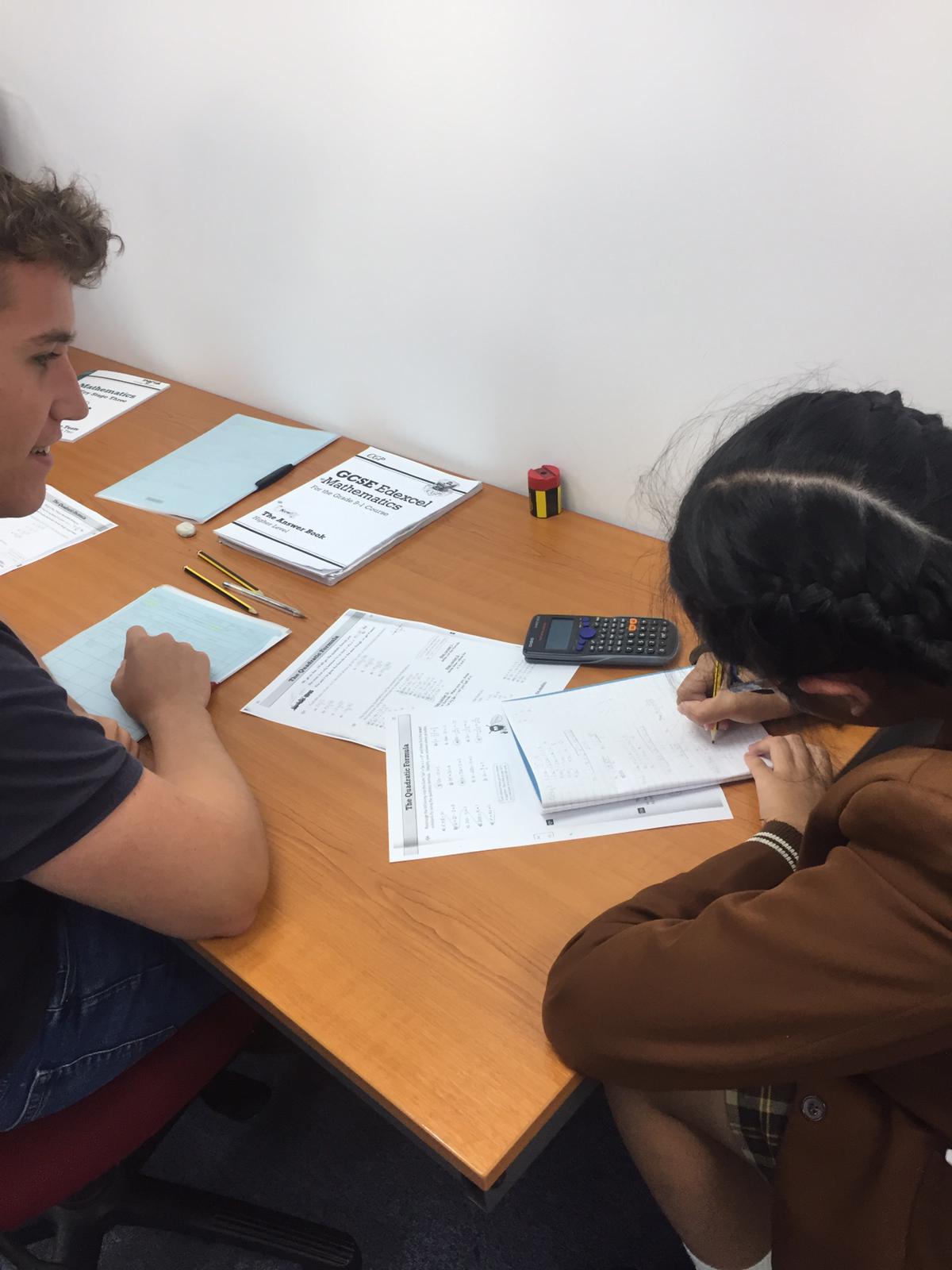
But as a parent, how can you help your child to set and reach their goals?
Following these 3 steps to helping your child set and reach goals will provide a structure for completing tasks.
It will also make the end goal less daunting by breaking down the process.
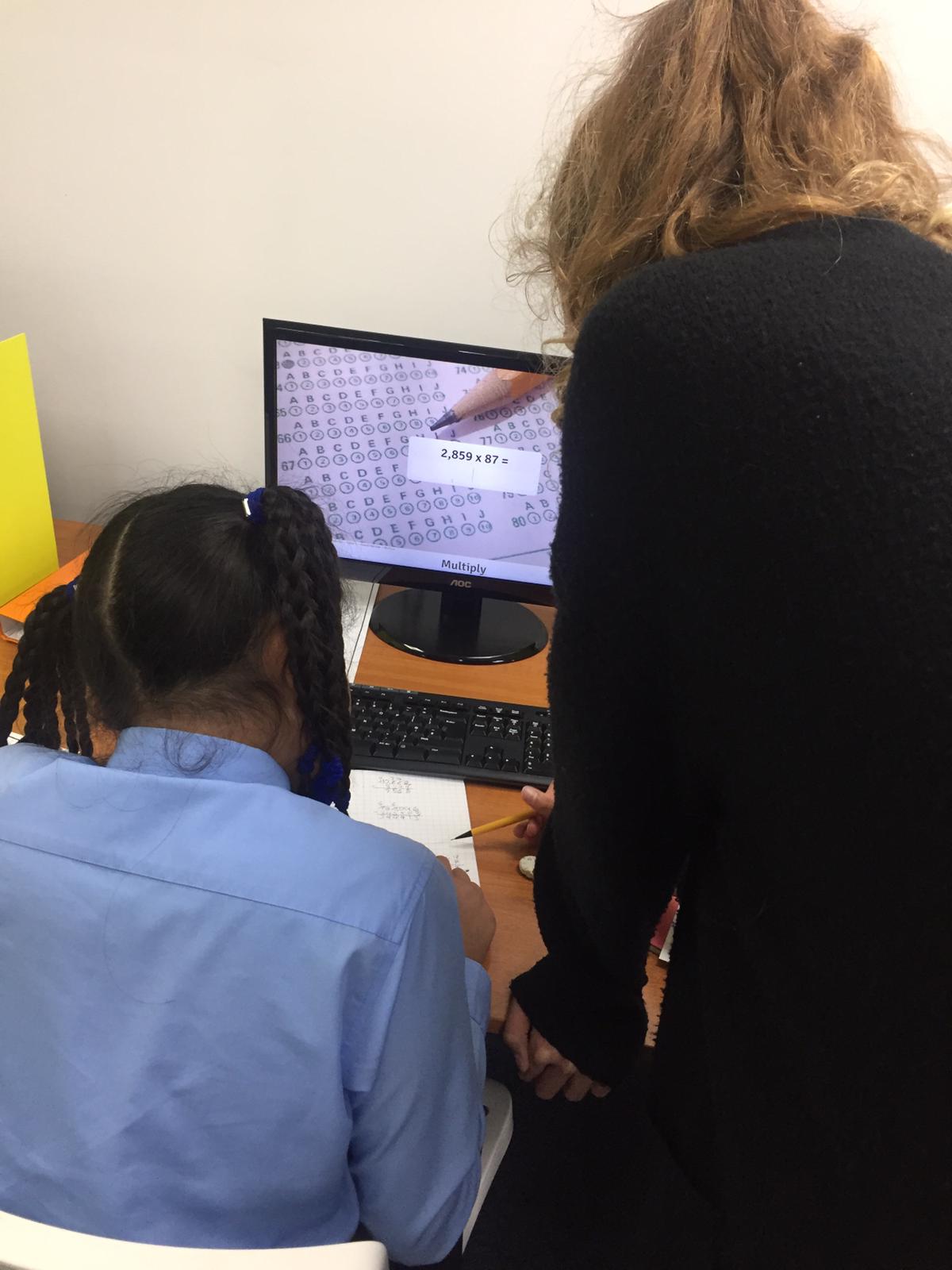
As a parent, it is important to use positive discipline to ensure your child thrives in their education and in life.
Using 6 Disciplinary Elements for your child’s education will provide a structure and compliment their learning.
Following 6 simple steps will make sure that your child works effectively and productively:
Observe the way your child learns and assist with their learning.
Respect is mutual and it goes a long way. listen to their needs and help them whenever possible.
Establishing the right amount of discipline is important. It’s all about the balance between not being overly strict and not being too lenient.
Effective communication is key for a good relationship with your child. Try asking what subjects they are enjoying, how their day was or if they need help with anything.
Reward your child when it is necessary. This will encourage them to keep up the good behaviour!
Goal setting is a good way to focus on what needs to be achieved. Perhaps offer an incentive when the goal is achieved.
Implementing these strategies will complement your child’s work ethic, whilst providing a structure to their life.

It is beneficial for a number of reasons, including keeping calm, remaining positive and organising thoughts. Implementing this technique with children will be beneficial for their education and learning.
Mindfulness is a useful technique which has a number of benefits. It is a way of controlling and regulating thoughts, boosting positivity and self-reflection.
Encouraging children to practice mindfulness will benefit their education, so why not try implementing our 3 ways for your child to practice mindfulness.
It is a way of relieving stress and remaining positive during those stressful exams and assignments.
It is also important as a parent to practice mindfulness. If you demonstrate being mindful, your child will most likely learn from the parent’s behaviour.
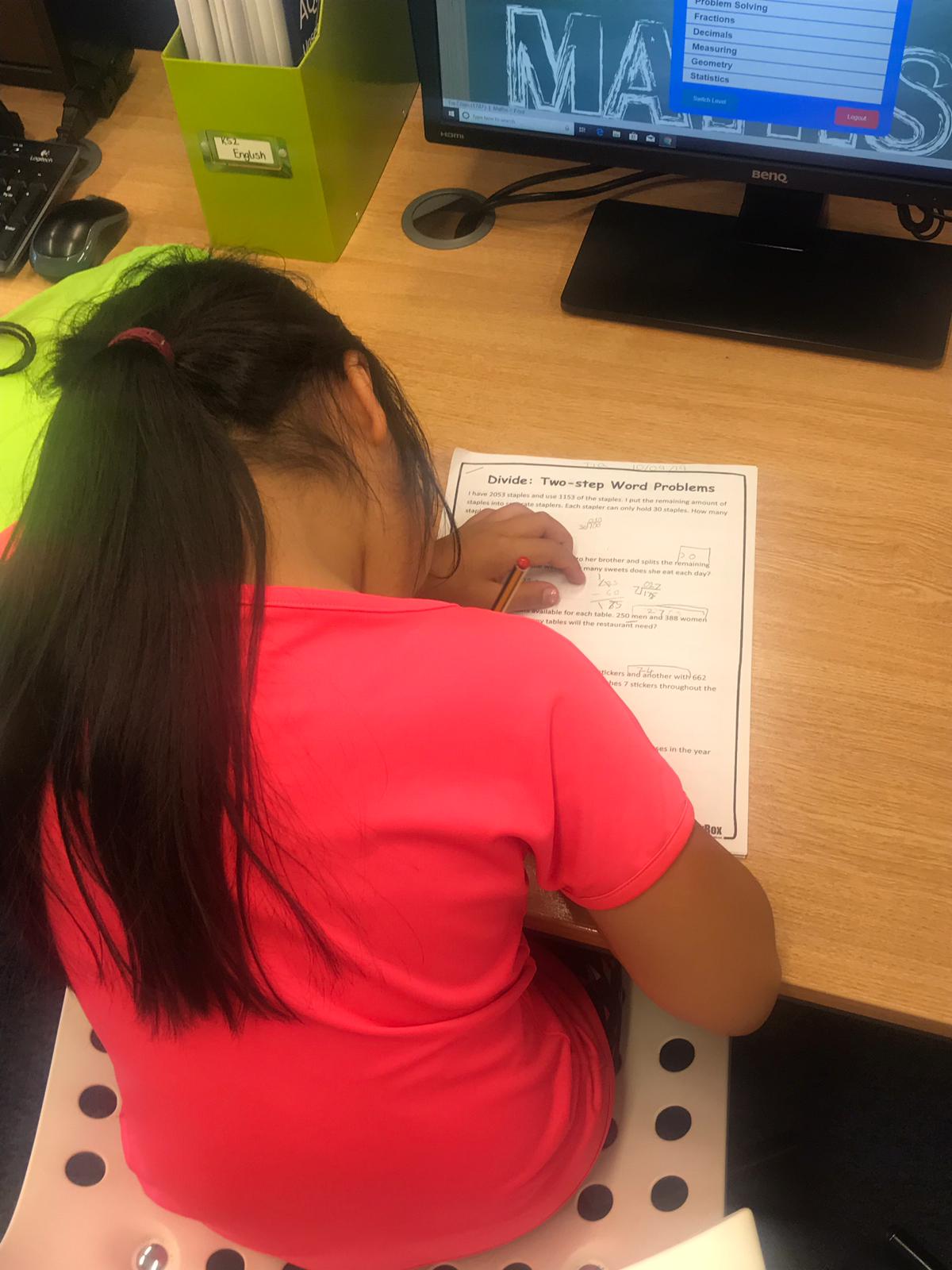
It’s normal for children, as well as parents, to worry about exams!
But with the right revision and preparation, revision has never been so easy…
Exam season doesn’t have to be daunting, and with the right planning and preparation your child will feel more confident.
3 ways to kick-start your child’s revision will help with their work ethic and organisation.
It’s not just about revision, it is also important to maintain a healthy lifestyle and have a peaceful setting to revise in.
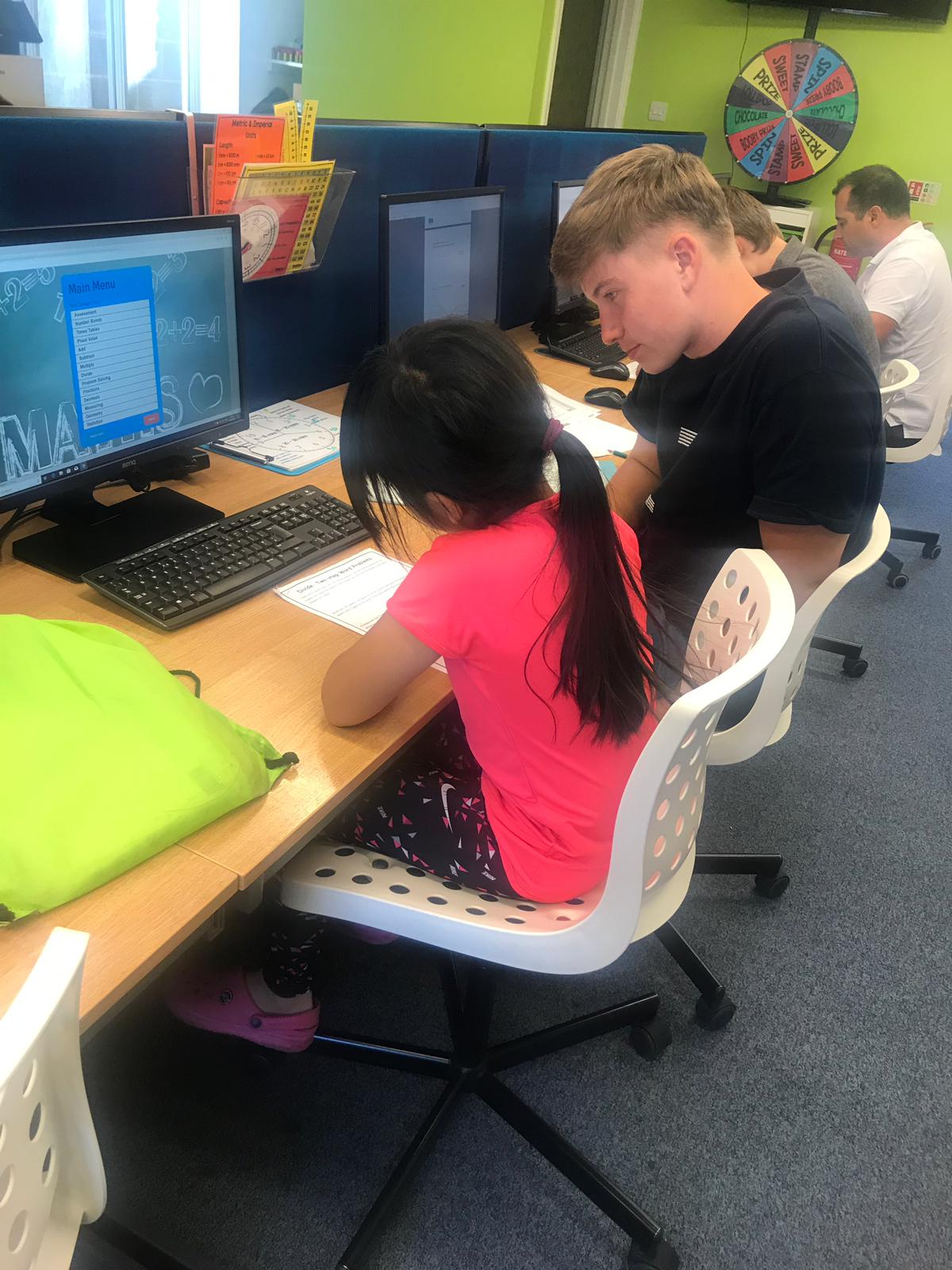
The way that children’s brains are wired is completely different to adults, which is why children’s attention spans are typically shorter.
Have you ever wondered how you can improve your child’s attention span so that their focus can improve when learning?
You can make learning fun by incorporating games into daily activities. Try playing card games like ‘Memory’ or puzzles like Sudoku or Crosswords, these will improve attention span as well as focus. If you take away electrical gadgets like smartphones and tablets it will be less distracting, allowing your child’s concentration to be solely on the activity.
By creating a distraction-free environment, your child will have somewhere dedicated for studying and completing work. This is a space where they can focus on the task they are completing without being tempted by the TV, mobile phones or other distracting electronics. Create an environment that is comfortable and calming for your child so that it makes the tasks enjoyable. If they concentrate best by listening to calming music, then why not try putting on soft background music. Make sure everything that your child needs is accessible so they don’t have to get up and search for anything.
By creating a timetable for daily activities, your child will have a structure to follow and know what they need to complete. If there’s a set time for completing homework, having dinner and other activities like reading, it can help to program their mind so they are aware of what they need to get done. This will also help with time management and organisation!
You can help your child with their concentration skills a number of ways! Training children’s brains to focus is something that will benefit them throughout their life. Concentration can be improved through brain training games, creating a peaceful environment for completing tasks and setting a routine to follow.

If you’re wondering what you can do to improve education, why not try our 3 ways to help your child at home with their work:
There are plenty of opportunities as a parents to help your child at home with their education.
Try our 3 ways to help your child at home: assisting with schoolwork, setting a routine to help time management and completing tasks, and maintaining a healthy lifestyle by getting plenty of sleep and having a healthy diet.
If your child needs any extra help in difficult subject areas, why not consider additional tuition with StudyBox?
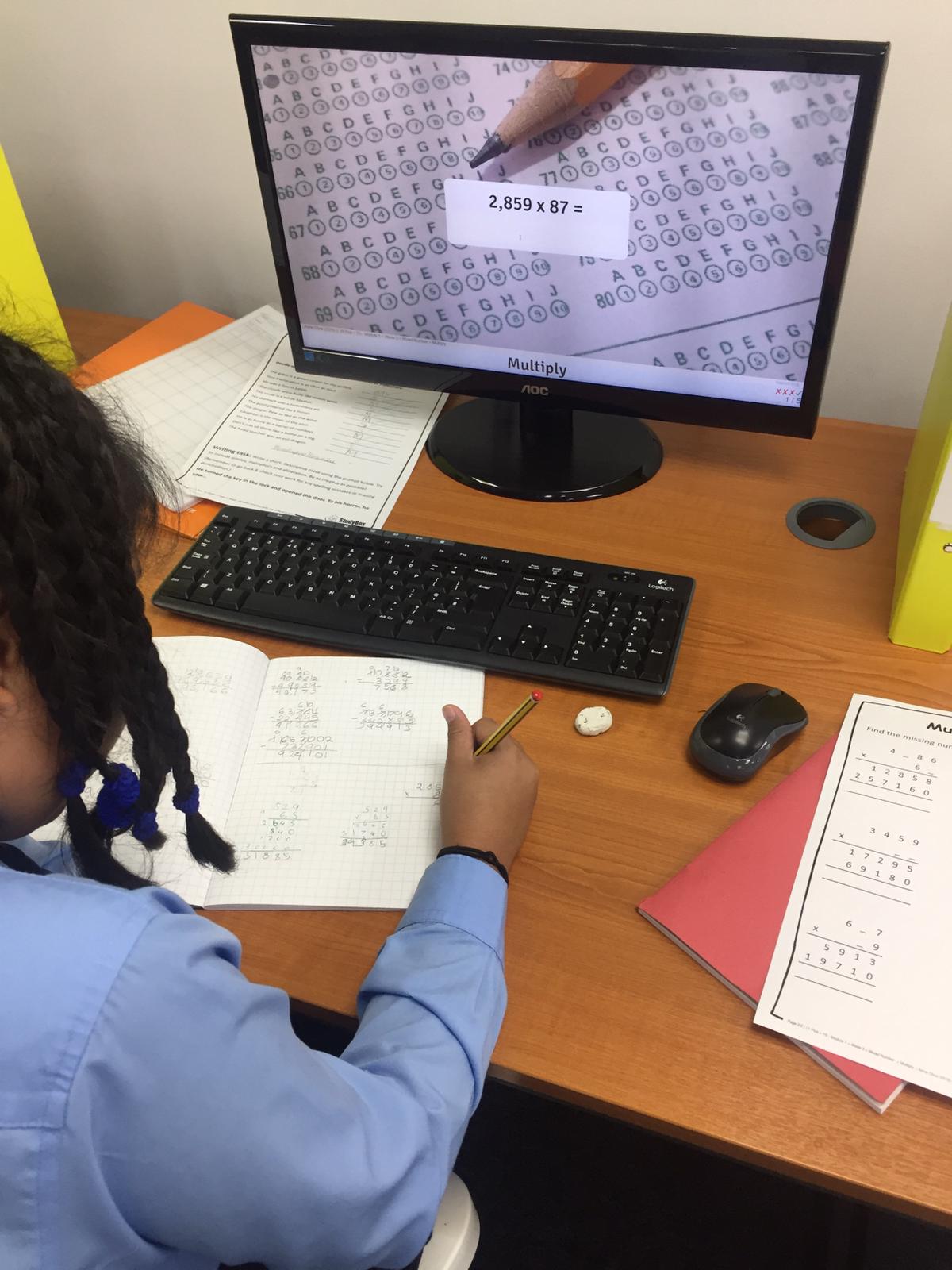
As a parent, you can apply their individual style and use this method to help them learn!
Study tips:
Study tips:
Study tips:
Study tips:
Study tips:
Identifying how your child learns best can help you to assist them with learning the most effective way possible. For example, if they are a visual learner, drawing out mind maps with revision notes can help them by seeing the information in front of them.
They can apply the way they learn to any situation by adapting the material to their learning style. This will stay with them for life, as they can learn effectively through using their own, unique method with the task they are set.
For other learning techniques, like engaging children with their learning, read more on our blog.
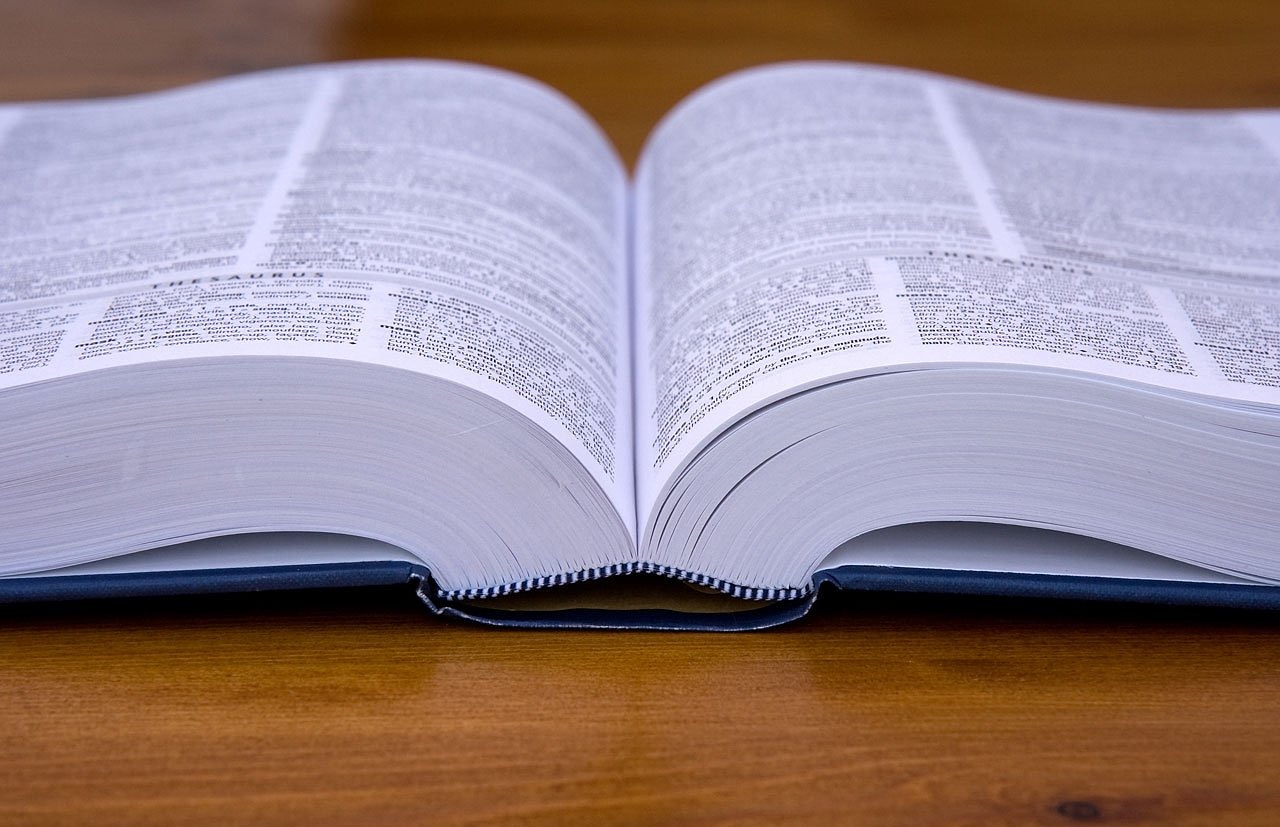
Encouraging your child to expand on their vocabulary from a young age is essential.
It will help them to communicate effectively and make a difference with school work.
Having an expansive vocabulary is beneficial for writing, exams and general communication.
There are endless ways for improving your child’s vocabulary at home.
Using exciting vocabulary when having a conversation, playing word games and encouraging reading for pleasure are just a few ways to do this.
A wide vocabulary has numerous benefits, so why not expand on language from a young age!

Example:
2/3 – 1/3
2 – 1 = 1
= 1/3
Example:
7/8 – 1/4 (Make the denominators the same)
7/8 – 1/8 (Do the same to the numerators)
1 x 2 = 2
7/8 – 2/8
Now subtract the numerators.
7-2 = 5
= 5/8
 so this represents 1/4
so this represents 1/4
 and this is 1/3
and this is 1/3
Subtracting fractions in 3 simple steps has never been easier!
Firstly teach your child the basic rules, labelling the numerator and denominator.
When the denominators are the same, the numerator simply has to be subtracted to get the answer.
When the denominators are different, a multiple of both denominators needs to be found.
Once this is complete, the same must be done to the numerator. Finally, subtract the fractions!
For additional help with subtracting fractions, click here.
If you are interested with other maths activities, like teaching times tables, find out more here.